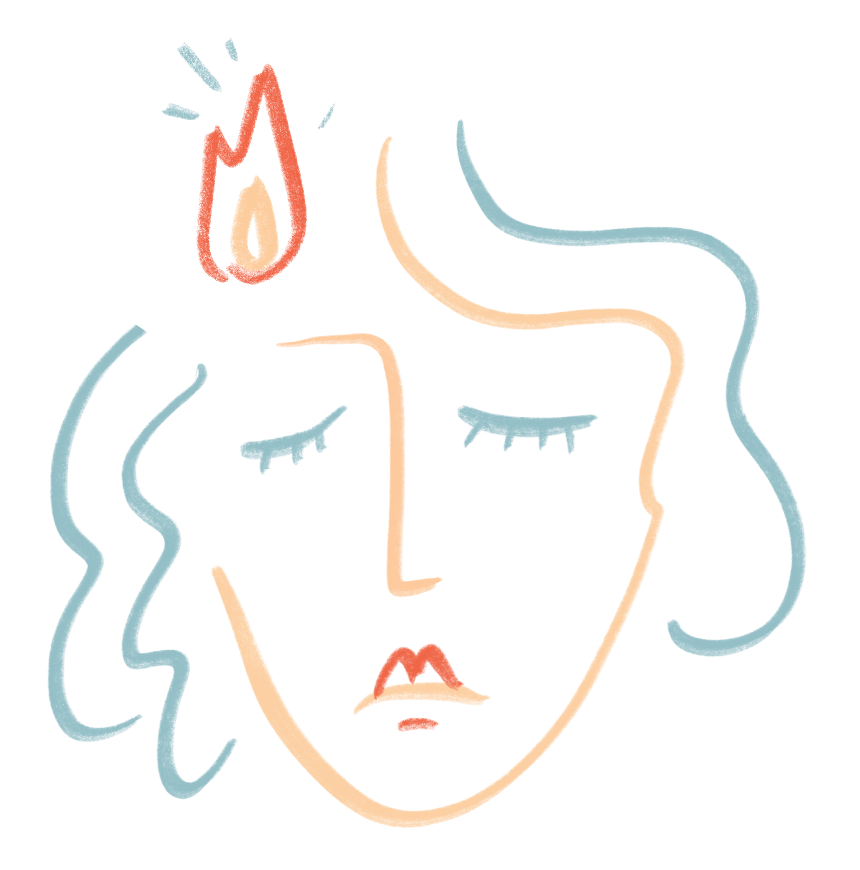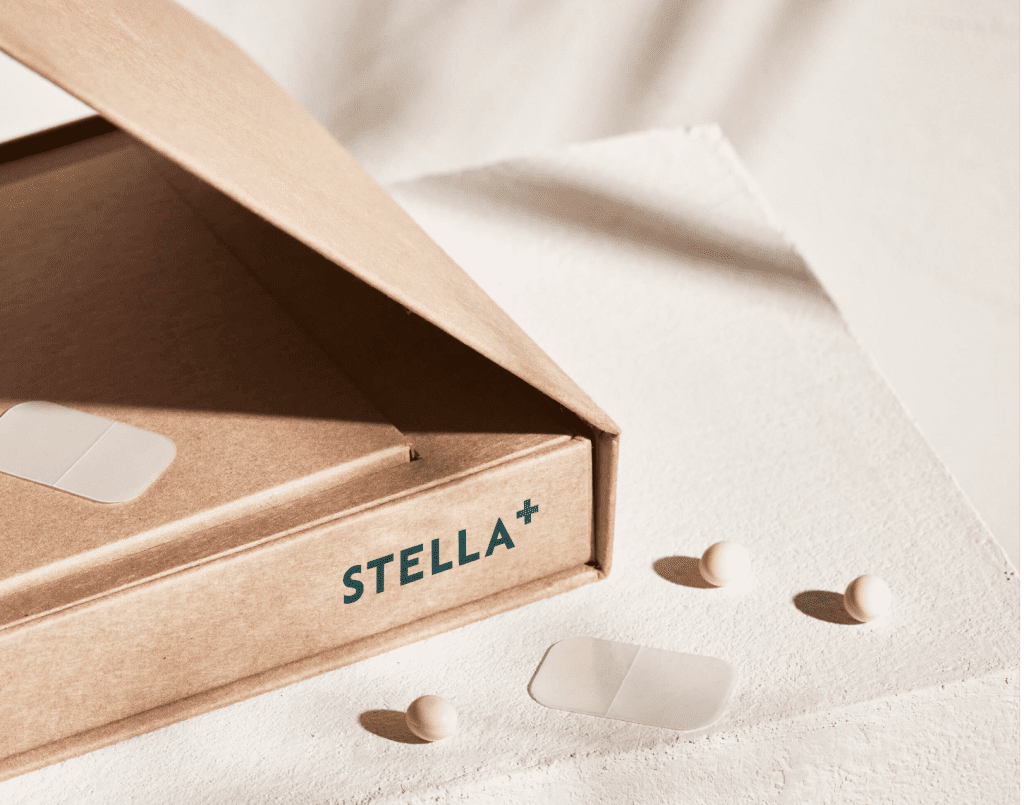UTI DEFINITION
A UTI is usually a bacterial infection that can happen anywhere in your urinary tract. They can show up with a multitude of symptoms.
You are more susceptible to UTIs during menopause due to:
- Hormonal changes and declining levels of oestrogen
- Skin thinning – making it easier for bacteria to grow
- Reduced vaginal flora variety – it is easier for ‘bad bacteria’ to colonise
- Sex – can drive ‘bad bacteria’ into your urethra and bladder
Start your free online menopause assessment to see if HRT is right for you

HOW LIKELY IS A UTI DURING MENOPAUSE?
- Approximately 50-60% of women will develop a UTI in their lifetime
- You are more likely to have menopause UTIs if you also have a chronic condition such as diabetes
- Having a urinary tract infection can also cause temporary urinary incontinence
Read more about the stages of menopause.
MENOPAUSE AND UTI SIGNS
UTI symptoms depend on which part of the urinary tract is infected.
Lower tract UTIs (the most common form) affect the urethra and bladder and symptoms can include:
- Burning or pain sensation when you pee
- Needing to pee suddenly and more often
- When you pee, you’re not passing much urine
- Pelvic pain or pain in your lower tummy
- Pee that looks bloody or cloudy
- Pee that has a stronger odour than what you’re used to
Upper tract UTIs mainly affect the kidneys. These are less common, but more serious and can be potentially life-threatening. Symptoms can include:
- Pain and tenderness in your upper back and sides
- Chills
- Fever
- Nausea
- Vomiting
HOW TO PREVENT UTIS DURING MENOPAUSE
- Toilet hygiene – wipe yourself from the front to the back
- Go to the loo when you need to, don’t hold your pee in for ages
- Pee after sex – this helps get rid of any bacteria
- Keep hydrated
TIPS FOR RELIEF FROM UTIS
Make an appointment to see your doctor as soon as you feel those tell-tale signs of a UTI – don’t wait! Ask for an urgent appointment if you notice blood in your pee.
Antibiotics
Your doctor may suggest:
- A course of antibiotics
- Single-dose antibiotic approach, where you take an antibiotic as soon as a trigger happens (such as having sex)
- Daily low-dose antibiotic, if you have recurrent UTIs
NICE says that it is not possible to say whether a single-dose antibiotic or low-dose taken daily works any better.
D-mannose
According to NICE, one small study found that women taking D-mannose were less likely to have a UTI over six months. But it is difficult to give reliable figures on whether this treatment prevents UTIs.
Cranberry products
Some studies have shown a benefit, while others didn’t. NICE advises it is difficult to give reliable figures on if this treatment prevents UTIs.
Vaginal oestrogen
Your doctor can advise if this hormone treatment is suitable for you. You insert this as a cream into your vagina with an applicator.NICE says that out of 100 women using this treatment over 8 months, 45 women avoid getting a UTI because of this treatment, 15 people still get a UTI and 40 won’t get one but would not have done anyway.
As the figures are from studies taken across different women at different times, NICE says it is not possible to say whether this treatment reduces UTIs.
PERIMENOPAUSE AND UTIS
The fear of going somewhere new where you do not know where the loos are can be overwhelming”






